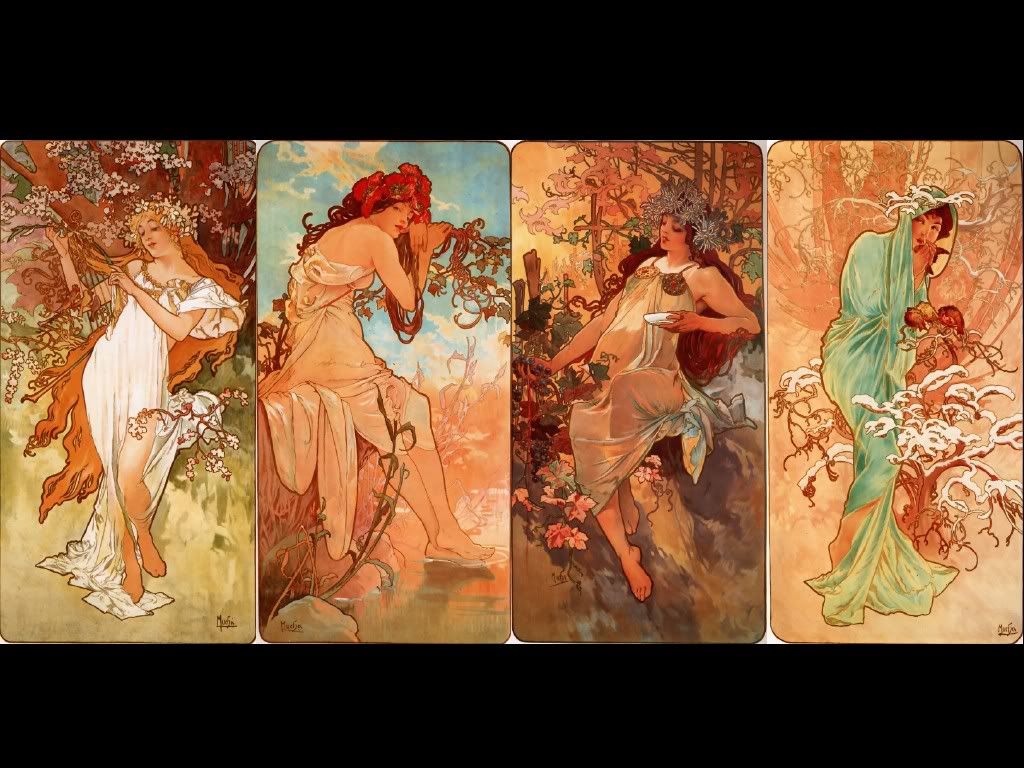While researching fairy tale illustrations, such as Grimm’s Fairy Tales and
English Fairy Tales And Legends by Rosalind Kerven, I discovered that many were done by the same man, Arthur Rackham.
Arthur Rackham
Rackham was an artist, born in 1867 and died in 1939, who studied at the City of London School and Lambeth School of Art. He was famous for his illustrations of children's story books, such as Rip Van Winkle (1905), Peter Pan in Kensington Gardens (1906), and Alice in Wonderland (1907).

A midsummer nights dream

Little Red Riding Hood

Grimms Fairy Tales
This image shows a border which I could use to make sure resolution sizes do not affect the motion graphic.
Kay Nielsen
I also cam upon this artist, Kay Nielsen, a Danish illustrator who was popular in the early 20th century, the "golden age of illustration" which lasted from when Daniel Vierge and other pioneers developed printing technology to the point that drawings and paintings could be reproduced with reasonable facility. He joined the ranks of Arthur Rackham and Edmund Dulac in enjoying the success of the gift books of the early 20th century. Nielsen is also known for his collaborations with Disney for whom he contributed many story sketches and illustrations.


Alphonse Mucha
I have also been looking into Art Nouveau for the style of my motion comic. This style has always reminded me of fantasy stories and fairy tales, and so I believe it will suit my Folklore legend, it will also lull the viewer into believing this to be a typical fairy tale and contrast well to the darker story later on. I have chosen to look at Alphonse Mucha in particular because a lot of his work incorporates nature in an ethereal/fantasy kind of way, which I believe could work well with my story.




Grimms Fairy Tales
This image shows a border which I could use to make sure resolution sizes do not affect the motion graphic.
Kay Nielsen
I also cam upon this artist, Kay Nielsen, a Danish illustrator who was popular in the early 20th century, the "golden age of illustration" which lasted from when Daniel Vierge and other pioneers developed printing technology to the point that drawings and paintings could be reproduced with reasonable facility. He joined the ranks of Arthur Rackham and Edmund Dulac in enjoying the success of the gift books of the early 20th century. Nielsen is also known for his collaborations with Disney for whom he contributed many story sketches and illustrations.


Alphonse Mucha
I have also been looking into Art Nouveau for the style of my motion comic. This style has always reminded me of fantasy stories and fairy tales, and so I believe it will suit my Folklore legend, it will also lull the viewer into believing this to be a typical fairy tale and contrast well to the darker story later on. I have chosen to look at Alphonse Mucha in particular because a lot of his work incorporates nature in an ethereal/fantasy kind of way, which I believe could work well with my story.

This was Mucha's first set of decorative panels and it became one of his most popular series. It was so popular that Mucha was asked by Champenois to produce at least two more sets based on the same theme in 1897 and 1900. Designs for a further two sets also exist.
The idea of personifying the seasons was nothing new - examples could be found in the works of the Old Masters' as well as in Champenois's other publications. However, Mucha's nymph-like women set against the seasonal views of the countryside breathed new life into the classic theme. In the four panels shown here, Mucha captures the moods of the seasons - innocent Spring, sultry Summer, fruitful Autumn and frosty Winter, and together they represent the harmonious cycle of Nature.


In this series of decorative panels, Mucha again chose to personify the stars as female figures. This time, however, he sought to surpass the panels' decorative function by exploring the deeper meaning of his subjects. The women are no longer confined to ornate crescents and alcoves, but instead float in space and are illuminated by a light radiating from within the composition. Their poses are meditative and dramatic rather than sensual. In all four panels, Mucha demonstrates great skill in rendering the texture and sheen of rich textiles.
From left to right, The Evening Star, The Moon, The Morning Star and the Pole Star.
Bibliography
No comments:
Post a Comment